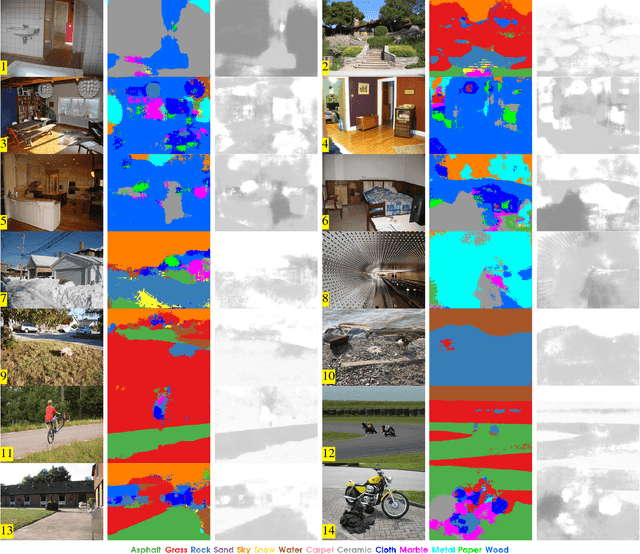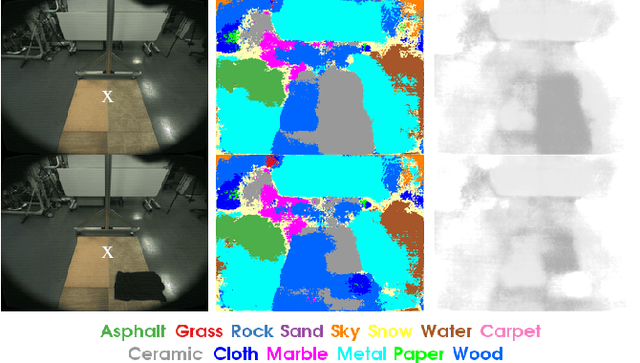Kenji Hashimoto
SGD for robot motion? The effectiveness of stochastic optimization on a new benchmark for biped locomotion tasks
Oct 09, 2017



Abstract:Trajectory optimization and posture generation are hard problems in robot locomotion, which can be non-convex and have multiple local optima. Progress on these problems is further hindered by a lack of open benchmarks, since comparisons of different solutions are difficult to make. In this paper we introduce a new benchmark for trajectory optimization and posture generation of legged robots, using a pre-defined scenario, robot and constraints, as well as evaluation criteria. We evaluate state-of-the-art trajectory optimization algorithms based on sequential quadratic programming (SQP) on the benchmark, as well as new stochastic and incremental optimization methods borrowed from the large-scale machine learning literature. Interestingly we show that some of these stochastic and incremental methods, which are based on stochastic gradient descent (SGD), achieve higher success rates than SQP on tough initializations. Inspired by this observation we also propose a new incremental variant of SQP which updates only a random subset of the costs and constraints at each iteration. The algorithm is the best performing in both success rate and convergence speed, improving over SQP by up to 30% in both criteria. The benchmark's resources and a solution evaluation script are made openly available.
Material Recognition CNNs and Hierarchical Planning for Biped Robot Locomotion on Slippery Terrain
Jun 27, 2017



Abstract:In this paper we tackle the problem of visually predicting surface friction for environments with diverse surfaces, and integrating this knowledge into biped robot locomotion planning. The problem is essential for autonomous robot locomotion since diverse surfaces with varying friction abound in the real world, from wood to ceramic tiles, grass or ice, which may cause difficulties or huge energy costs for robot locomotion if not considered. We propose to estimate friction and its uncertainty from visual estimation of material classes using convolutional neural networks, together with probability distribution functions of friction associated with each material. We then robustly integrate the friction predictions into a hierarchical (footstep and full-body) planning method using chance constraints, and optimize the same trajectory costs at both levels of the planning method for consistency. Our solution achieves fully autonomous perception and locomotion on slippery terrain, which considers not only friction and its uncertainty, but also collision, stability and trajectory cost. We show promising friction prediction results in real pictures of outdoor scenarios, and planning experiments on a real robot facing surfaces with different friction.
 Add to Chrome
Add to Chrome Add to Firefox
Add to Firefox Add to Edge
Add to Edge